A hornbill, also known as the "earth phoenix," unexpectedly appeared in a residential area of Bien Hoa City ( Dong Nai province). Recognizing it as a rare species, residents reported it to the authorities, who captured the bird and released it back into the Dong Nai Nature and Culture Reserve.
The Bien Hoa Forest Protection Unit has successfully released a hornbill back into the wild. This species belongs to group Ib - an endangered forest animal, and its exploitation and use for commercial purposes are strictly prohibited.
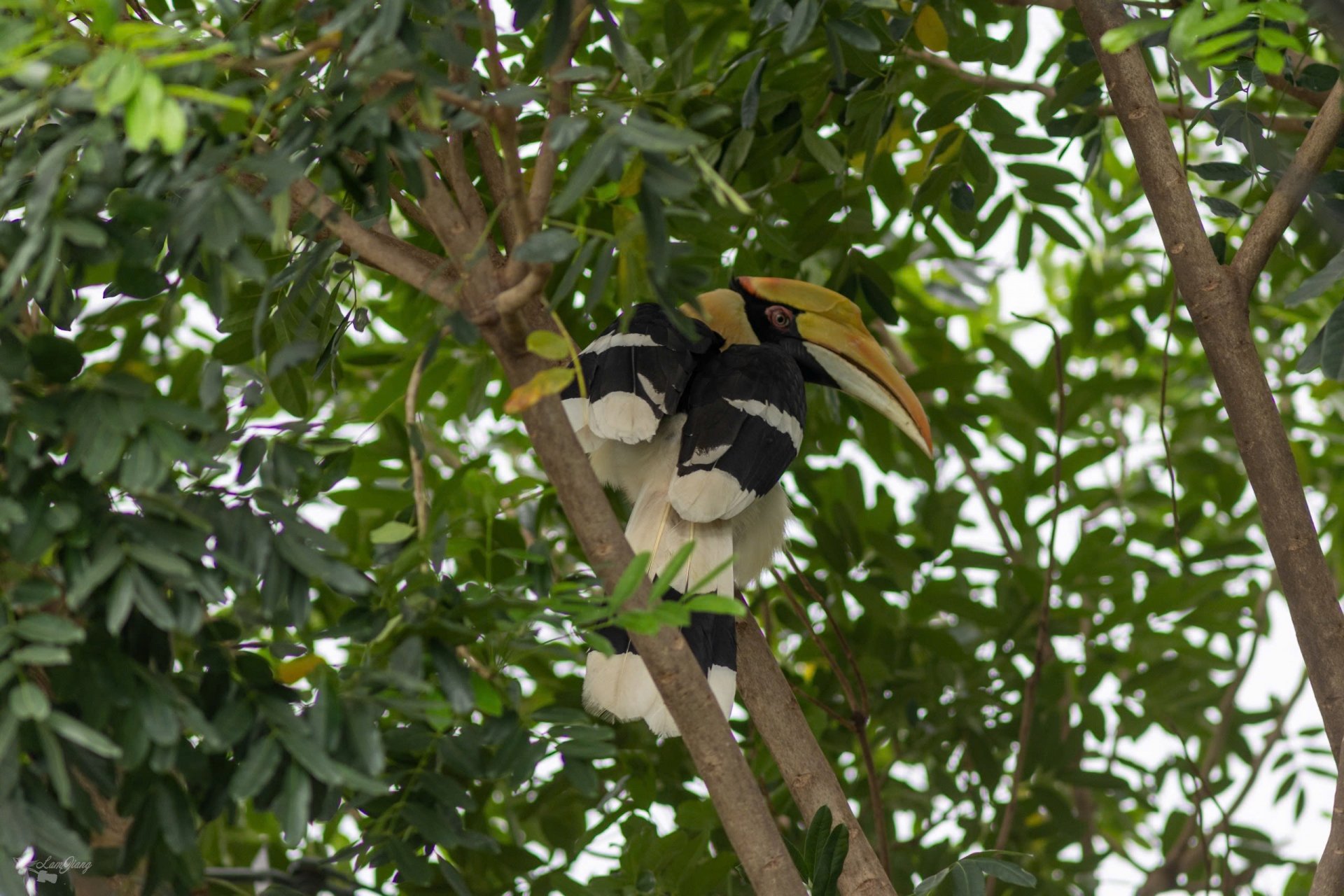
A hornbill weighing approximately 1.5kg frequently flies back to perch in the residential area of Ward 4, Tan Hanh neighborhood. (Photo: Lam Jang)
Previously, residents in group 42, neighborhood 4, Tan Hanh ward, Bien Hoa city, discovered a black bird with a very large yellow beak that frequently flew back and perched on treetops and power lines in the residential area.
Curious about the strange bird, some people searched online and learned that it was a rare hornbill, so they reported it to the authorities.
Recognizing that the area where the hornbill appeared within a residential zone (bordering Dong Nai and Binh Duong provinces) was unsuitable for the species' habitat and posed a threat, the Bien Hoa Forest Protection Department, in coordination with the Tan Hanh Ward Police and local residents, successfully captured the rare bird.
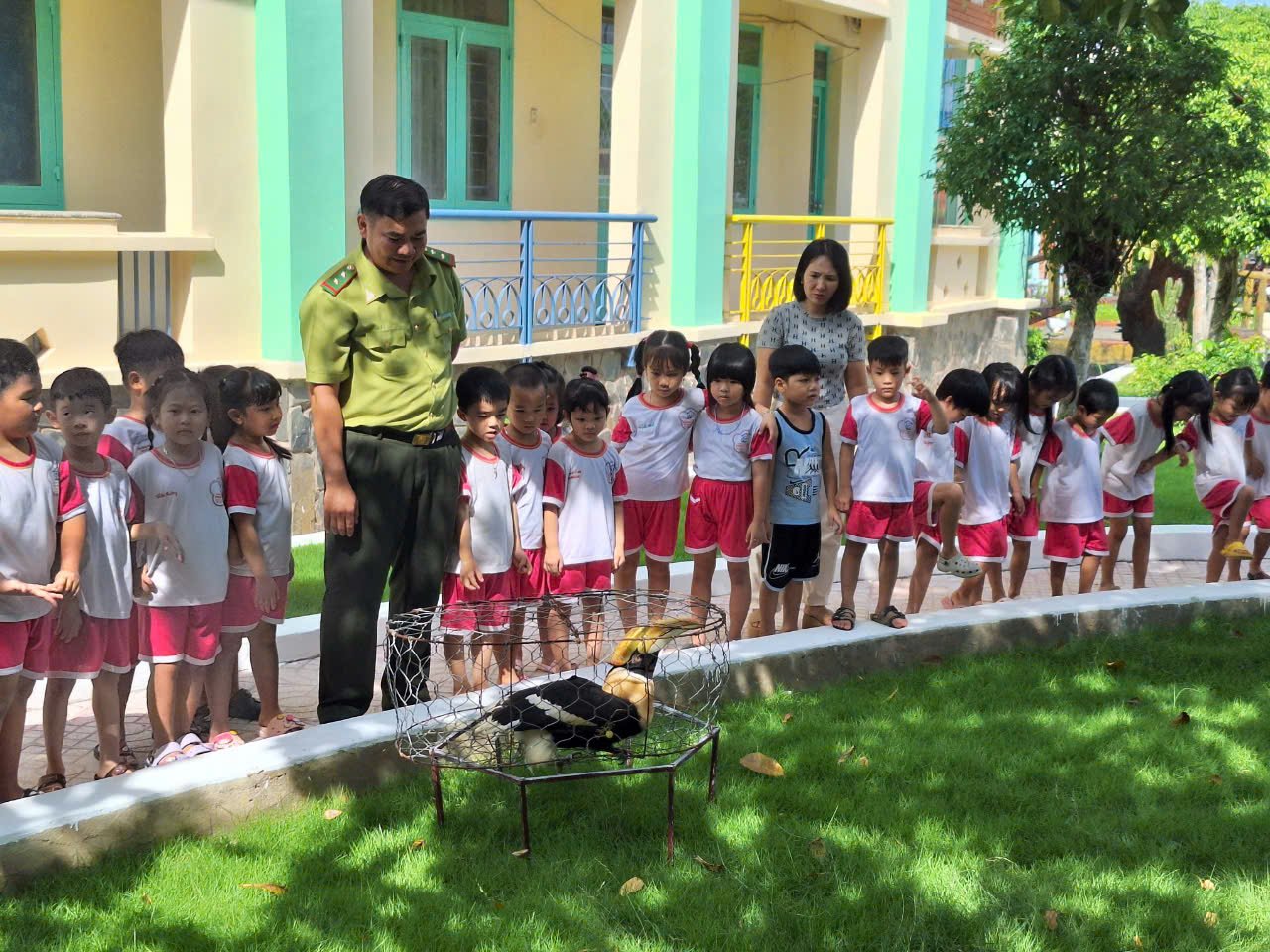
Before being released back into the wild, the hornbill was introduced to preschool children to educate them about environmental protection. (Photo: CTV)
The hornbill, weighing approximately 1.5 kg, was fully grown. After assessing its good health, the Bien Hoa Forest Protection Department proceeded to release the bird back into the wild at the Dong Nai Nature and Culture Reserve.
Before being released back into the wild, the hornbills were also brought to Phong Lan Kindergarten (Vinh An town, Vinh Cuu district) to educate children about environmental protection.
The Great Hornbill, scientifically known as Buceros bicornis, is the largest hornbill in the hornbill family, weighing up to 4 kg and reaching a body length of 90-122 cm. Adults have a wingspan of up to 1.6 m.
As an omnivore, the hornbill's favorite foods include fruits, worms, insects, even some small rodents and other small birds. Usually living in pairs throughout their lives, hornbills are also known as monogamous birds. However, they can sometimes form flocks of up to 40 individuals.
One of the tree species favored by hornbills for shelter and nesting during the breeding season is the tung tree (also known as thung, dang, bung...).
Hornbills are monogamous birds, pairing up and living with one mate for life. They typically perch on high branches, only building nests in tree cavities from February to March each year to lay, incubate eggs, and care for their chicks. The female stays inside, sealing the nest entrance, and only leaves after about three months to help the male find food for the young and protect the nest from the outside. The chicks remain in the nest for another month before being ready to leave.
With its beautiful and unique appearance, the hornbill has been revered by many tribes since ancient times as a precious bird, possessing supreme power.
Source: https://danviet.vn/mot-con-chim-quy-duoc-vi-nhu-loai-phuong-hoang-lai-chung-tinh-xuat-hien-o-dong-nai-20241109071047715.htm





















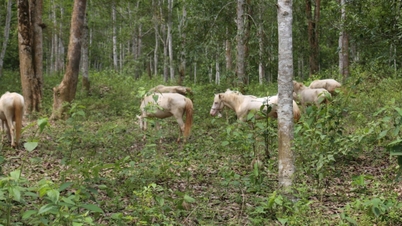



















![[Video] The craft of making Dong Ho folk paintings has been inscribed by UNESCO on the List of Crafts in Need of Urgent Safeguarding.](https://vphoto.vietnam.vn/thumb/402x226/vietnam/resource/IMAGE/2025/12/10/1765350246533_tranh-dong-ho-734-jpg.webp)











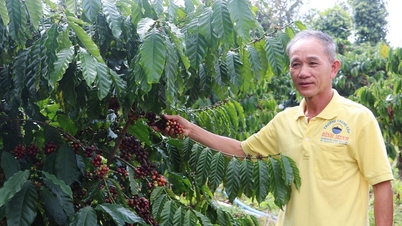

























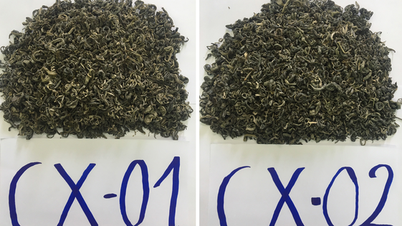





























Comment (0)